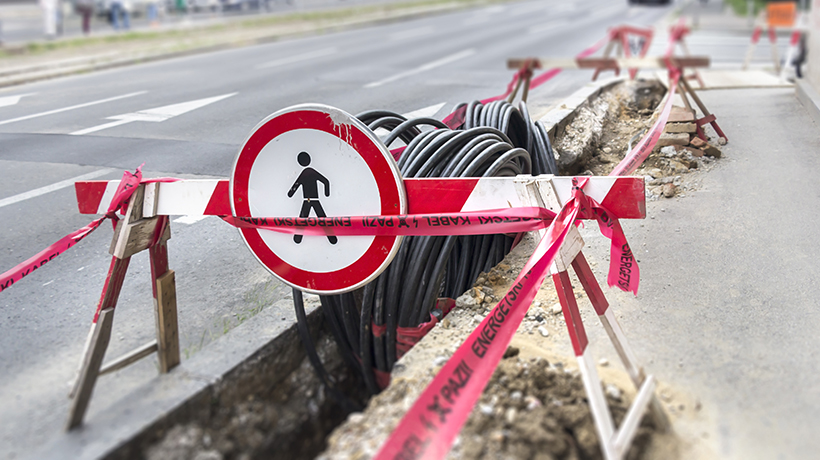When it comes to implementing a utilities network modeling technology, do you choose a single vendor approach? Or integrate multiple solutions from multiple vendors? The answer depends on your organization’s objectives and IT environment. But generally, in a single vendor approach, there are less vendors to manage and less technical debt to acquire during the technology lifecycle.
Throughout this blog series, I’ve been looking at the seven reasons utility providers trust Hexagon Safety & Infrastructure with their network models. For this segment, I will discuss several advantages to using a single-vendor approach to utility network model and management. Before I begin, a few points of clarity.
Our utility network solutions play very well with other technologies. But our solutions are designed to support the network modeling and management needs of utility and communications companies. And when I referred to a single vendor approach throughout this post, I mean a solution with native capabilities that support the technical and business needs of those industries. So, without further ado, let’s get started.
One Source for Managing Delivery and Service
Implementing a network modeling from a single vendor – like Intergraph G/Technology and Intergraph NetWorks – can improve delivery and service. Whereas a cross-vendor implementation, with disparate technologies tacked-on, can create inconsistencies and errors that can increase coordination efforts and extended issue resolution times. Using a single vendor approach is much simpler than one sourced from multi-vendors because it reduces the complexity of the end technology. It can also help to simplify system management, end-user training, and system troubleshooting.
Customer-driven Functionality Extensions
Another factor to consider with a single vendor approach is how other customers drive extensions within core functionalities. When our customers request enhancements to be developed and deployed, those functionalities and capabilities can be extended to other customers. Because these enhancements are often native to the application, technical debt and implementation times are great reduced. Using a generic GIS solution with other technologies built on top of it, could require costly, custom development to integrate enhancements. That’s more time and more money on a solution that’s more fragile in the long run. Related to this is the support of the solution. Does the customer have a single contact for support or do they need to decide whether the issue is with the add-on product or the underlining software framework.
Single Source for Upgrades, Support, and Issue Resolution
Whether you are implementing a network management solution or another critical business system, the more technologies and vendors you integrate and leverage, the trickier it becomes for compatible version upgrades, technical support, and issue resolution. In implementing our utility networking solutions, network operators have access to many technical tools and expert guidance during upgrades and enhancements. This same approach applies to supporting end-users and resolving technical problems that may happen. Because there are few vendors and technologies to manage, upgrades, support tickets, and issue resolution tend to happen faster and with fewer hiccups.
Transformation
The utility industry is undergoing a transformation, an innovation transformation. Hexagon is one of the largest geospatial companies in the world. With that, there are more core competencies available to the utility and communications sector than with many vendors, creating a one-stop shop for a complete solution. Let’s quickly look at three technologies available from Hexagon. First, the location of underground assets is of upmost importance to a utility company. Leica’s Pegasus Stream is a mobile mapping solution combining the Leica Pegasus: Two sensor platform with ground penetrating radar (GPR) to provide a 3D map of underground utilities. Next, we combine two technologies from Hexagon. Many utilities are interested in drones and LIDAR. Using drones for LIDAR, a remote sensing technology that measures distance by using a laser to illuminate an object and then analyzing the reflected light, can provide additional operational and construction information. Finally, utilities have been slow to adopt building information modeling (BIM). The potential benefits of BIM for the utility industry is huge. Utility BIM would allow for smart integration of the design, construction, management and operations within a utility. There are a lot of technologies available under the Hexagon umbrella that can enhance the capabilities of utility and communication network operators.
The reality is that if you were to leverage a generic commercial-off-the-shelf geographical information system to manage your utility network models, you would likely be stitching multiple technologies together to get the results you need. Using a solution specifically designed for network modeling can greatly reduce dependencies on third-party integrations to serve the needs of the utility enterprise.
If you would like to know more about the reliability of our utility network management solutions, contact me. Or visit our utility products page. Tune in next week, where I will discuss the industry standards we use for our solutions.















